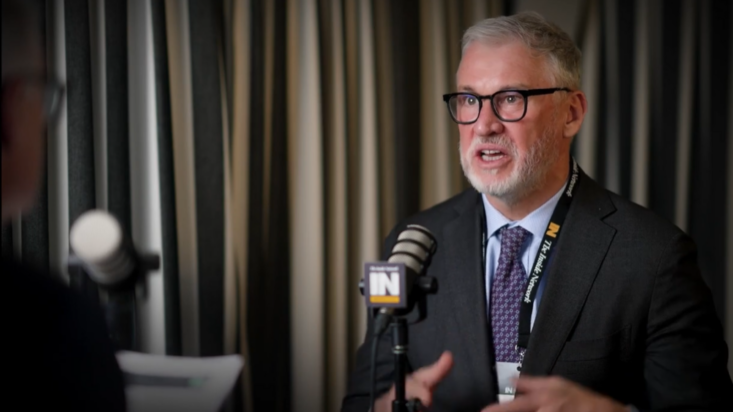Prepare for a ‘slow’ correction on interest rates: Bentham AM
The current inflationary cycle is going to move much slower than people anticipate due to a confluence of factors, believes Bentham Asset Management CIO Richard Quinn. And it will seem even slower, coming off the back of the sharp market corrections we saw during the condensed period of volatility in the early days of the pandemic.
During a fireside discussion at The Inside Network’s Income & Defensive Assets Symposium in Sydney earlier this month, the respected fixed interest and credit money manager explained how the proliferation of fixed rate mortgages that have yet to trickle off into floating rates, combined a natural lag in their effect on the economy, will make the second half of this inflationary cycle a prolonged one.
“COVID was the quickest cycle I’ve ever seen in my life, within a month you had to be reinvested,” Quinn said. “And I think this cycle is going to be one of the longest and most lagged monetary policy cycles we’ve seen, partly because a lot of people fixed interest rates at lower levels. And it’s gonna take a long time for that to reprice, and repricing to wade through the market and slowly be reflected properly in the economy.”
When the pandemic hit, investors looking to navigate the choppy waters successfully either needed to stand pat or hedge and unhedge quickly, he explained, to dial risk up and down appropriately.
But the inflationary cycle of 2022/23 is a different animal, with lag playing a major role – and not just with mortgages. Slight increases in unemployment belie the real story, because companies “stockpile” labour and advertise jobs that they don’t need to fill, just in case they lose someone. The result? Unemployment figures that take a long, slow journey to authenticity. “It’s hilarious that everyone’s looking at the employment number,” he said. “It’s the most lag number you get.”
(For the record, Quinn notes, hours worked is a much better indicator of the labour market’s state than unemployment figures)
Supply is another factor in the cycle’s speed of movement; the supply curve has corrected “a lot” in the last six months, he said, which is a significant change and has been a major contributor to the dampening of inflation concerns. But again, the real effect of increased supply on the inflationary cycle will take time to run its course.
“We’re approaching that, but like I said… this cycle is a lot slower than people think so it could take a while to play out.”











